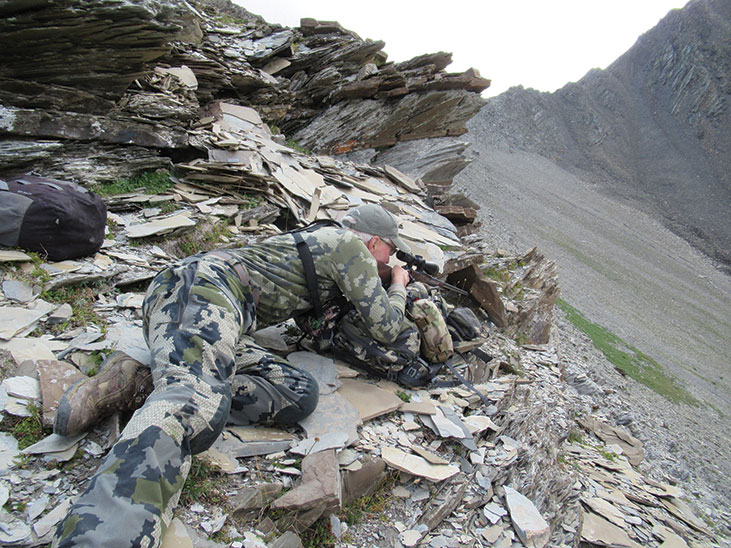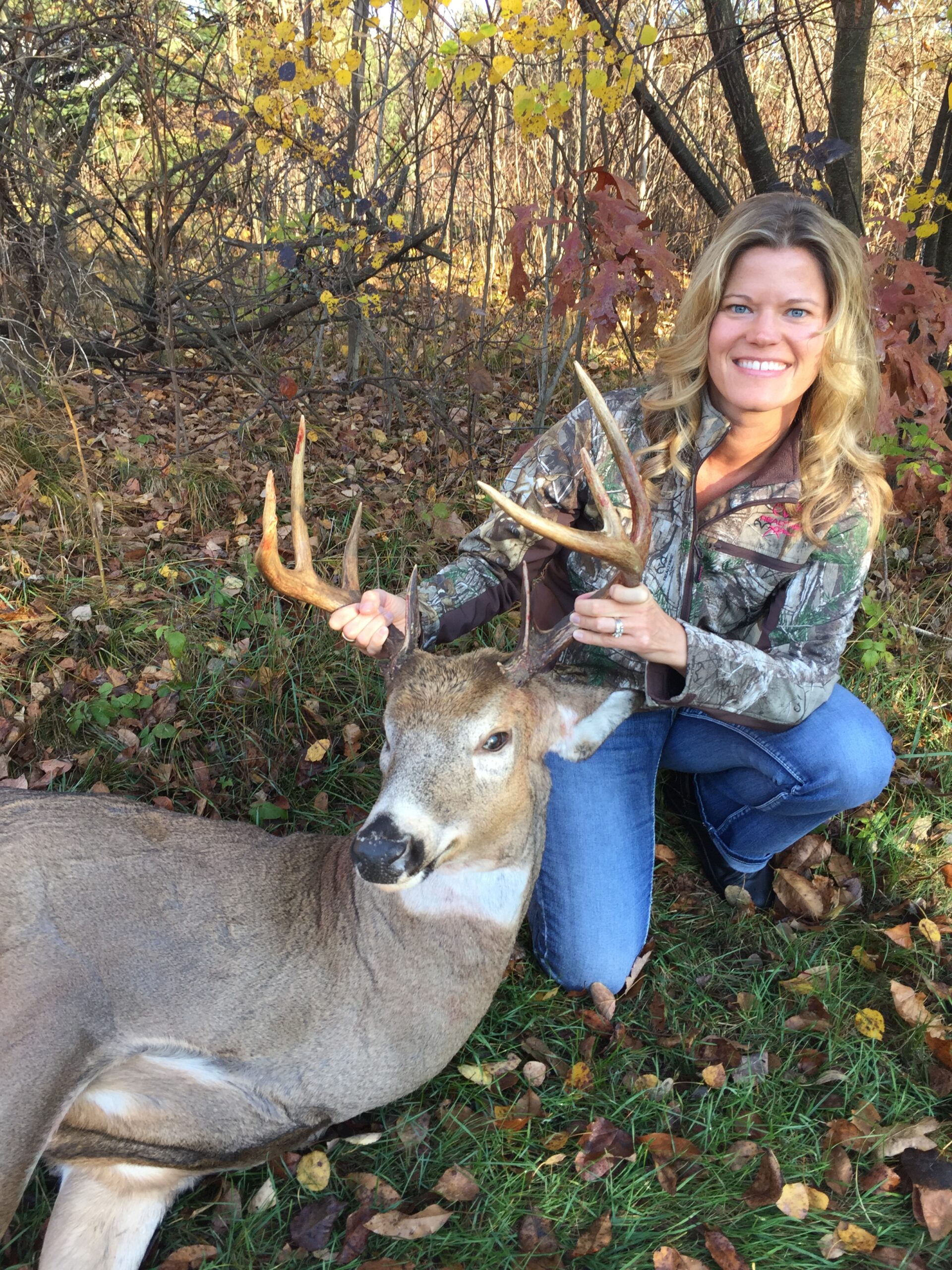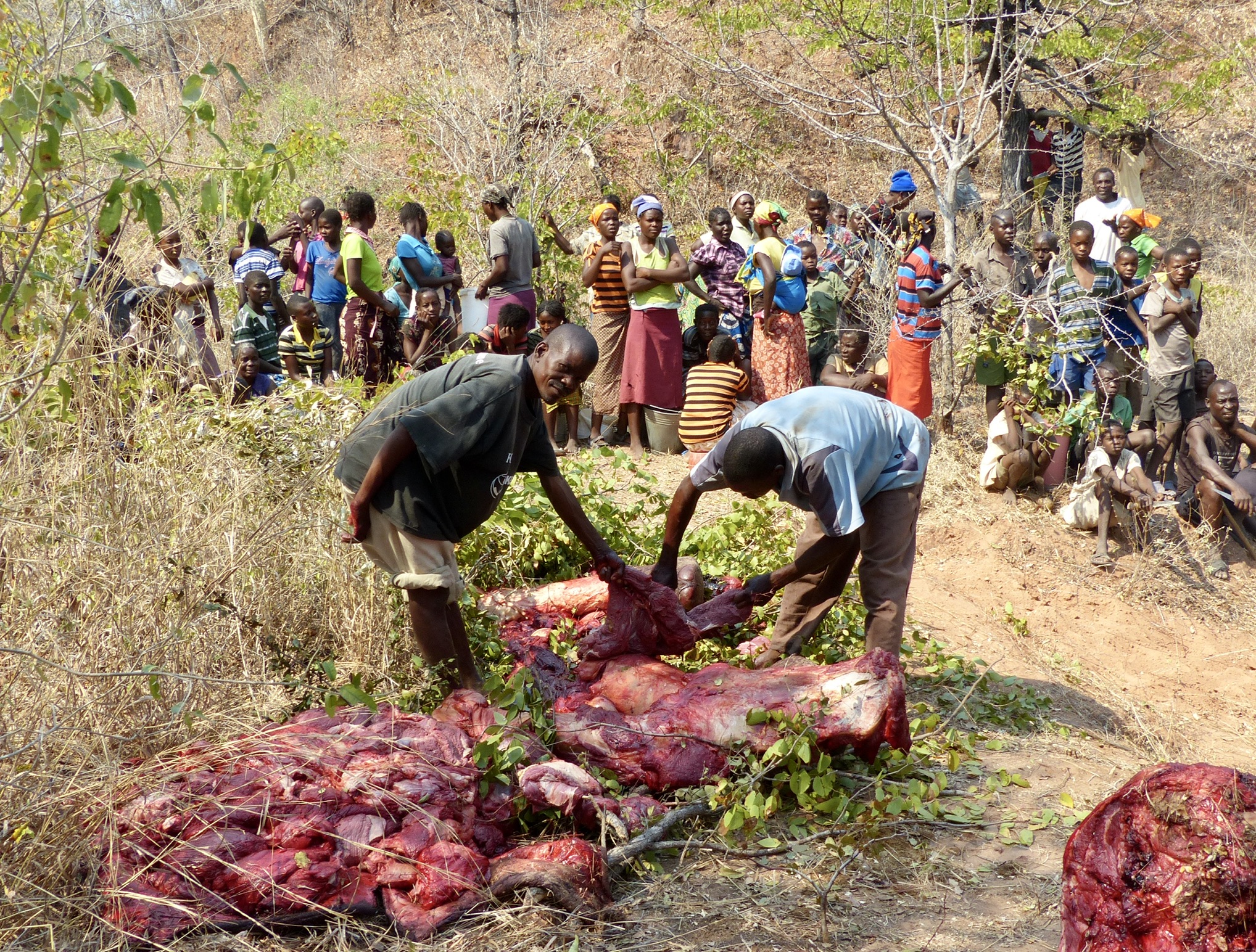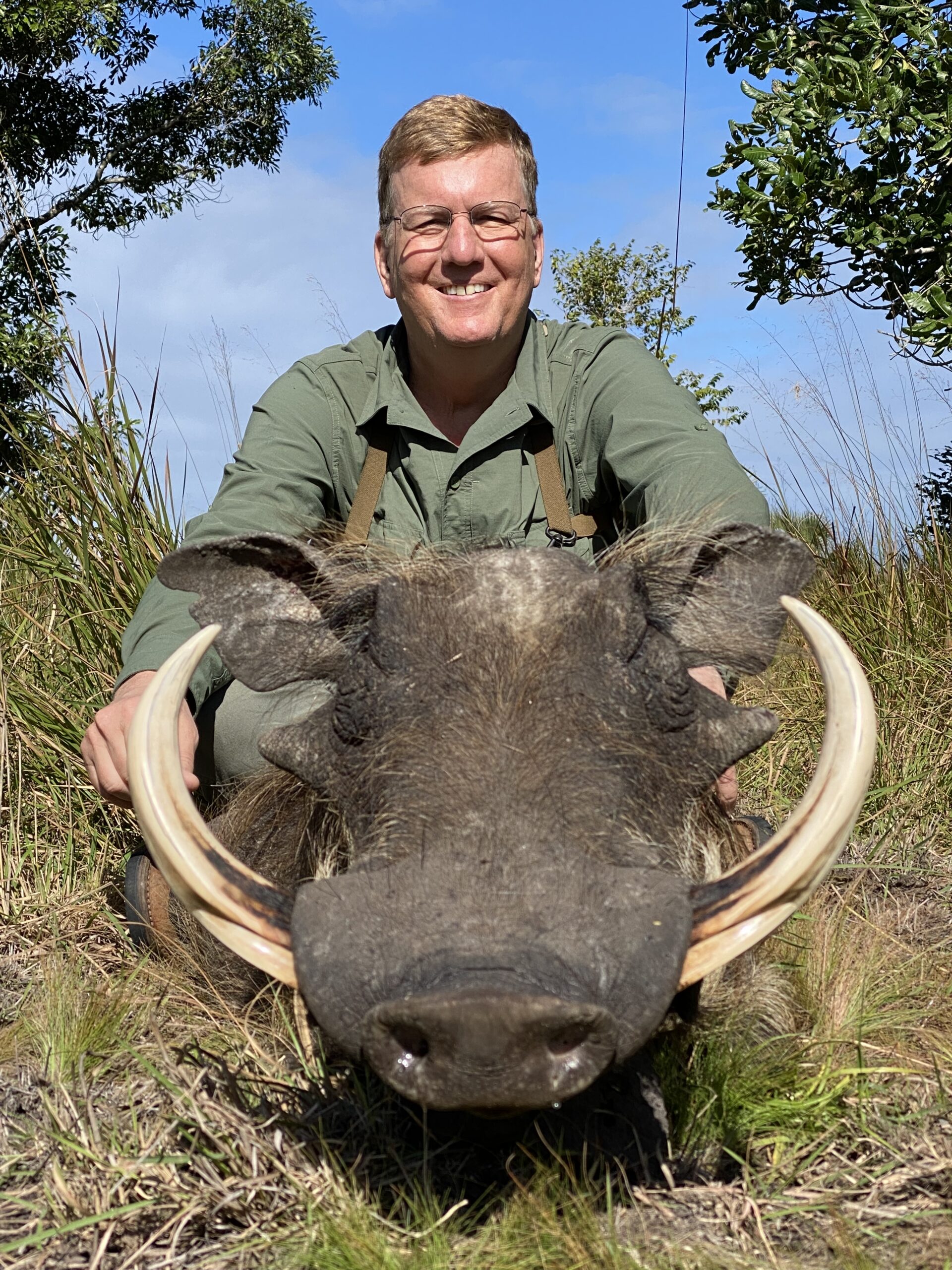The Caucasus Mountains have become a Mecca for mountain hunters, but not without conflict. Local tribes resisted Russian domination for centuries, culminating in the Murid rebellion. Iman Shamil, a Muslim cleric, led violent guerrilla wars throughout the mid-nineteenth century.
The indigenous people, the Ossetians, with whom I hunted, have lived on the steppe (sea of grass) for 2,000 years, which afforded them access to the northern Caucasus Mountains where my chamois hunt took place.
The Caucasian chamois, slightly smaller than the Alpine chamois in Europe, are rarely found below 5,000 feet and may live as high as 14,000 feet. A goat-antelope-type animal, there are currently nine sub-species of chamois that one may legally hunt.

Dennis Shadow, an English-speaking trip coordinator for ProfiHunt, met me at the Vladikavkaz airport in the state of North Ossetia-Alania, Russia, and took me to the spacious, Soviet-era Saniba Hunter’s Lodge where my hunt would be staged. He introduced me to local hunting guides, Petro Zhasser and Valeri Guriev, who would direct my hunt, and we discussed our plans before Dennis left for a tur camp. Neither of my guides spoke English.
Well before dawn, we started our two-hour drive to the Tip hunting area and arrived at a checkpoint guarded by armed military personnel as the region is on the politically sensitive North Ossetia/South Ossetia border. After checking our passports and necessary papers, we entered the hunt area.
As the sunrise warmed the sub-alpine, billowy clouds drifted up the slopes and grand mountains dappled with snowfields sparkled and glistened in the sun.
The day was pleasantly cool as we drove the jeep up a steep, jagged road, stopping and scanning from several vantage points in the towering mountains, many draped with glaciers. One could see for miles in many directions and it seemed a daunting task to find the diminutive goat in such surroundings. We glassed earnestly all morning but none of us spotted chamois, so we drove back down the road, turned west into another gigantic canyon and hiked along a ubiquitous glacier-fed drainage that trickled down from the soaring snow fields.
We searched that area thoroughly for several hours and managed to spot a lumbering Siberian brown bear, perhaps the reason for the dearth of chamois in that region. That afternoon, we decided to quit the area and drove back around to the east where we had started the morning, driving further up the precipitous, craggy track to around 9,000 feet where Petro, incredibly, spotted several chamois which I could not see until he centered them in the spotting scope.
The goats fed in a huge amphitheater of rock and grass below a behemoth hanging glacier, perhaps two miles away and 1,500 feet above us. As it was 4 p.m. and certainly not enough time to reach them before dark, we drove back down the mountain, through the checkpoint and a few miles down the road and stopped at a countryman’s house. Of course, I could not understand a word they were saying and could only imagine where we would stay for the night or what plans they were making.

Valeri got into the peasant’s truck, and we followed them down the road to an old schoolhouse that the farmer had renovated and called a motel. He also provided us with freshly baked, still warm bread, tomatoes, cucumbers, goat cheese, garlic, homemade honey, wine and moonshine. He made many toasts, and I sampled his white lightning, but refused to have a second and mimed, “No thanks. Tomorrow I must hunt chamois.” I slept in a private room with a very saggy spring mattress and was happy I had carried my inflatable air mattress and sleeping bag.
We were up at 4 a.m. and left the motel an hour later with the stars flickering over our heads. We drove the short distance to the military checkpoint, took the east fork road and my guides’ plans soon became apparent. Petro and I would climb the prominent, two-mile-long sweeping shoulder of the mountain that forms the northern wall of the rocky amphitheater where we had spotted the chamois yesterday, while Valeri drove farther up the road to the vantage point where we had discovered the goats, used their handheld radios and coordinated our stalk.
As we prepared to ascend, Valeri ascertained that the chamois were still in the same place. Now if I could do my part and make the climb.
At dawn and 7,400 feet in elevation, we started our stalk, angling up the first bold, grassy swell of the shoulder, the tangled sod slick with dew. After an hour of demanding, greasy climbing we gained the crest of the backbone above the valley. The radio squelched again and Petro indicated the chamois continued to feed above us. The wind was perfect, a light breeze moving right to left from the south. We continued to climb; rhythmically, unwaveringly and endlessly it seemed at times.
We negotiated some chillingly steep and exposed shale strewn slopes, clawing for every foothold as we forced the next step. My heart pounded furiously but my training paid dividends as we continued the hard pull up the ridge. We reached a knife-edged section of the divide which required us to climb very unprotected, but the chamois were still a mile above us on the south side of the ridge and could not see us because of projecting ledges and cliffs. We came to a particularly dangerous spine where I suddenly felt the altitude with my head and the steep climb with my legs. But I mentally blocked out the vertigo and fatigue, refocused and continued to climb.
We eventually reached a very steep, narrow and shingly part of the ridge and Petro indicated the chamois were right below us! I turned my riflescope to 3 power and bolted a round into the pipe as the suspense surged.
We crept down the crest, straining to see the chamois below us. I dropped below Petro a few feet and very slowly stretched my head beyond the wall of rocks to extend my field of vision to the steep slope below me. I spotted chamois! There were four goats feeding from 145 to 167 yards away and 30 degrees below me, oblivious they were in danger. I methodically built a shooting platform with my daypack and Wiebad bags, placed each of the chamois in my riflescope now turned to 18 power, and noted the goat farthest from me carried the longest horns.
Petro confirmed that I was to shoot that chamois, so I began my shooting mantra, held low on the shoulder of the goat, and caressed the trigger. I heard the solid “thump” of a hit as the Caucasian chamois tumbled down the slope and the shot echoed off the walls of the canyon.

It took us half an hour of cautious climbing to work our way down the steep ridge and over to the chamois, a female. Of the six chamois I have killed on previous hunts, this was the first female and though perfectly legal, I was somewhat disappointed. I was later informed by the local forester I had killed the perfect chamois as she was 20-25 years old, barren and nearly blind. So, by fate and fortune, I had chosen an ancient chamois to harvest.
I killed the goat from 10,444 feet in elevation, a challenging 3,044-foot climb that had taken 3 hours and 15 minutes; I earned that one.
As I made my way down the canyon, I looked around at those stupendous, lush, snow-cloaked mountains and tried to take in the moment and fully absorb the raw, untamed beauty of the Caucasus. This was my fourth and perhaps final hunt in these impressive, demanding mountains, and I felt overjoyed and gratified for the opportunity.–George Latham Myers II
Editor’s Note: At this writing, the U.S. State Department had a Level 4 Do Not Travel warning for Georgia and for South Ossetia specifically, as this region is occupied by Russian troops and border guards. Georgian citizens were demonstrating in the capital of Tbilisi, protesting the government’s response to Russia’s actions in Ukraine. The State Department had also issued a Do Not Travel warning for all of Russia, including North Ossetia, where there is continued civil and political unrest. The State Department was urging all US citizens to leave Russia immediately. Before planning any travel to this region, check the State Department’s Travel website at travel.state.gov for updates.




